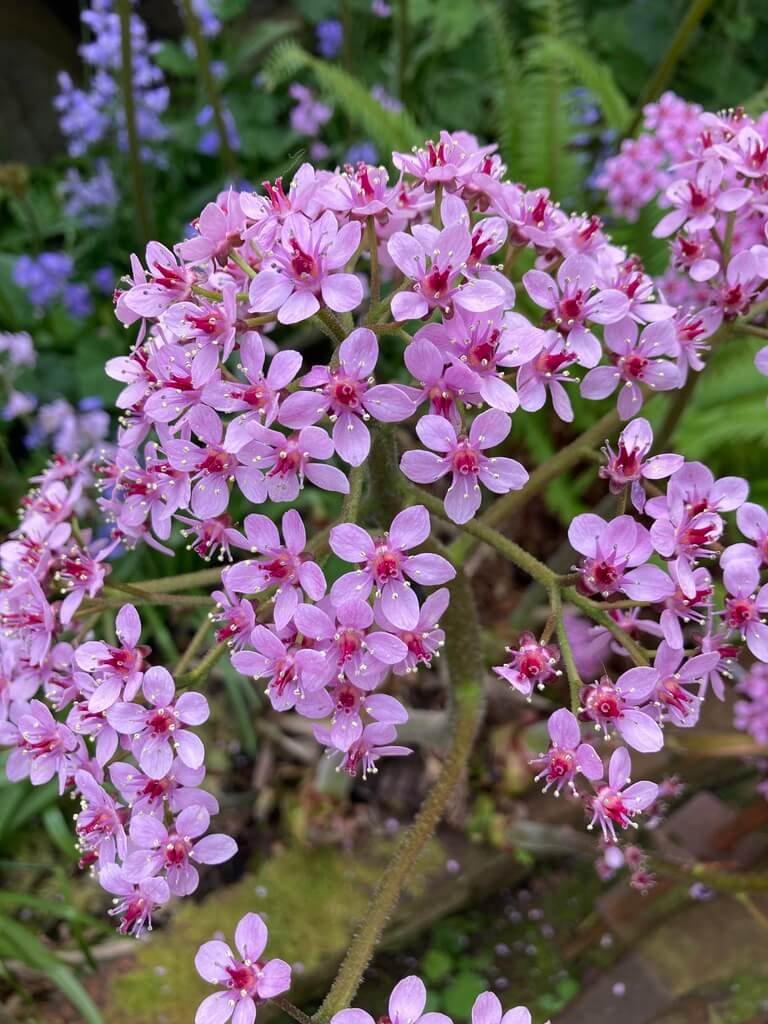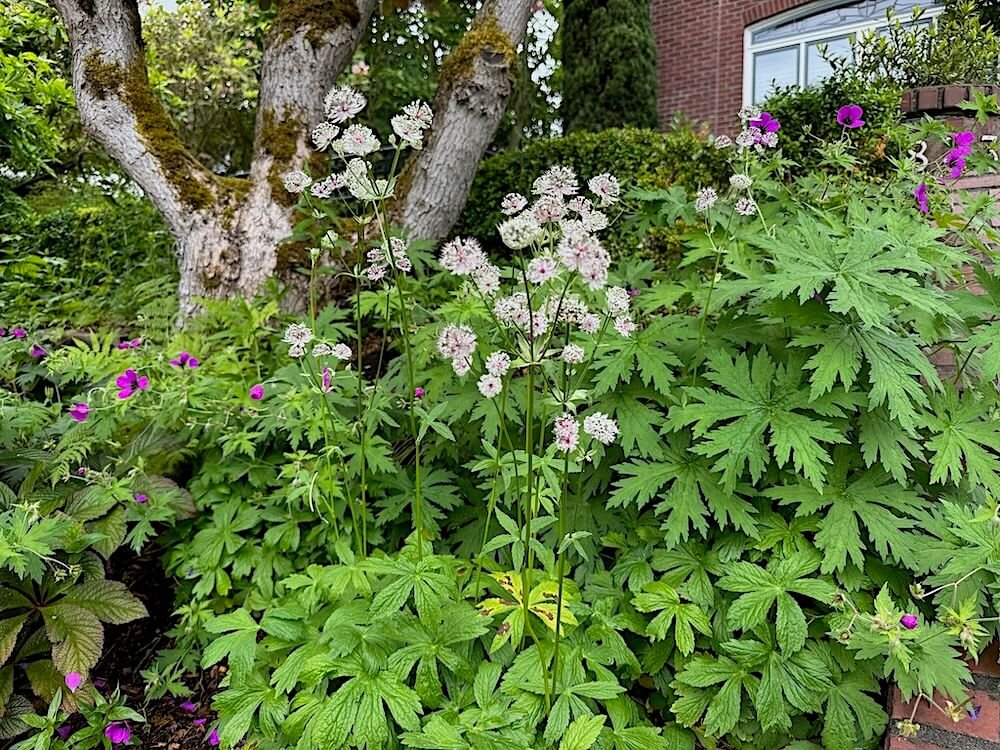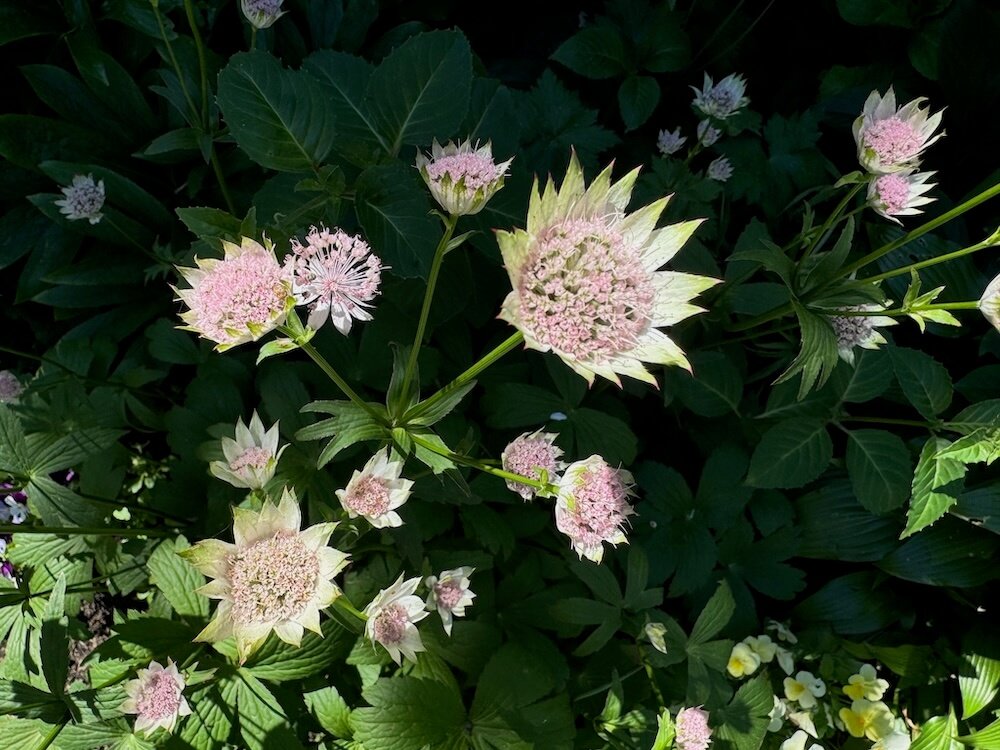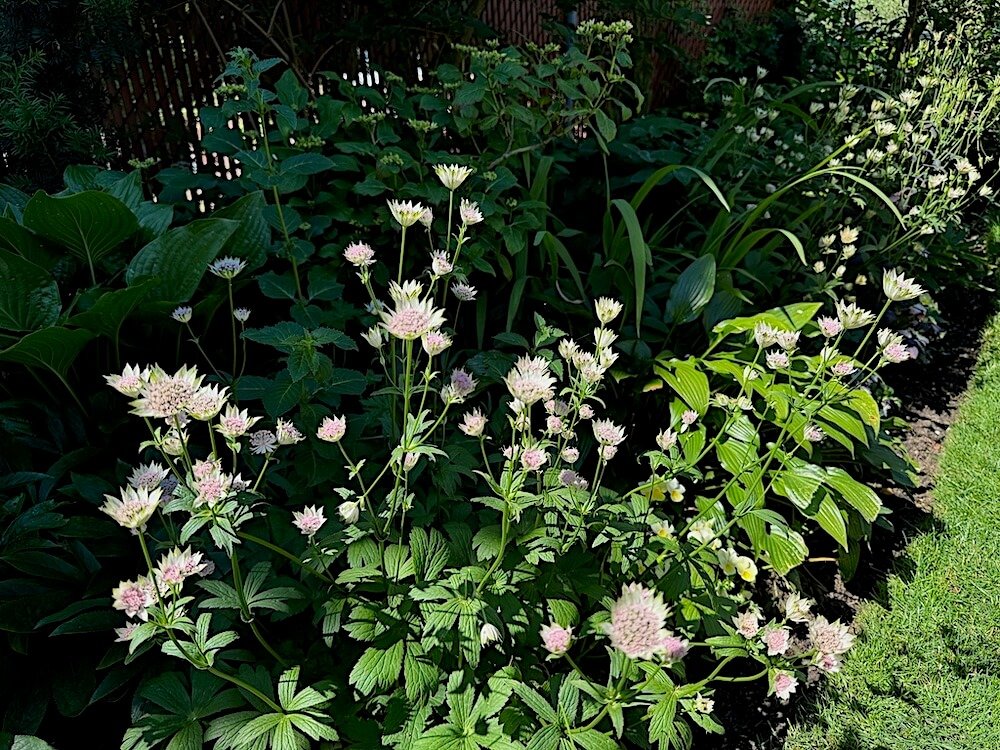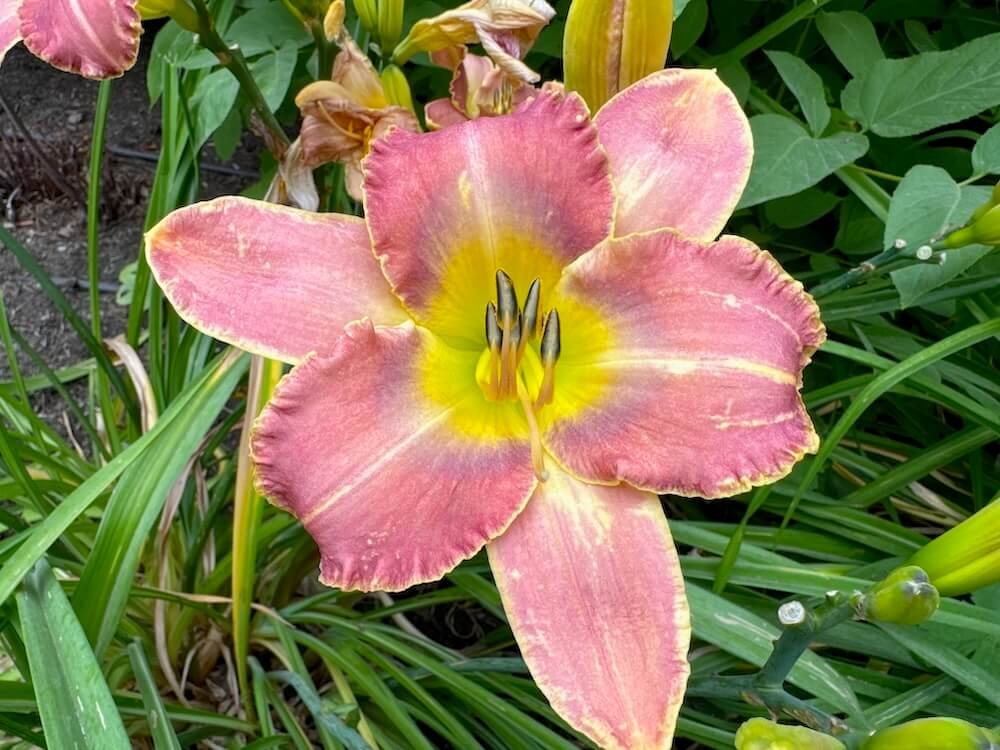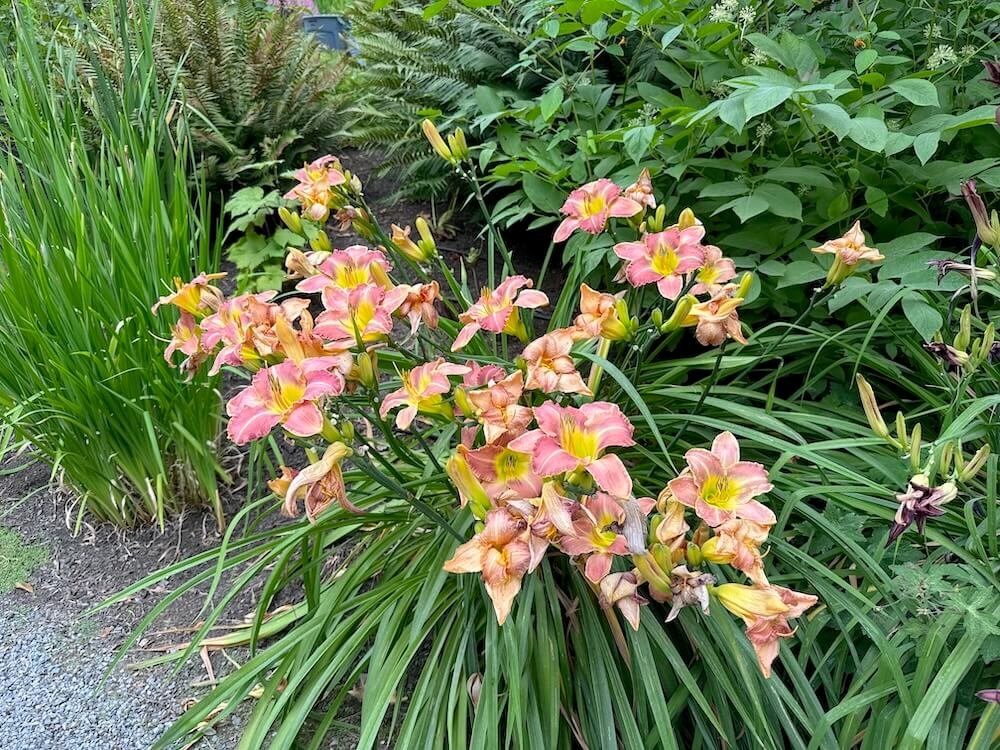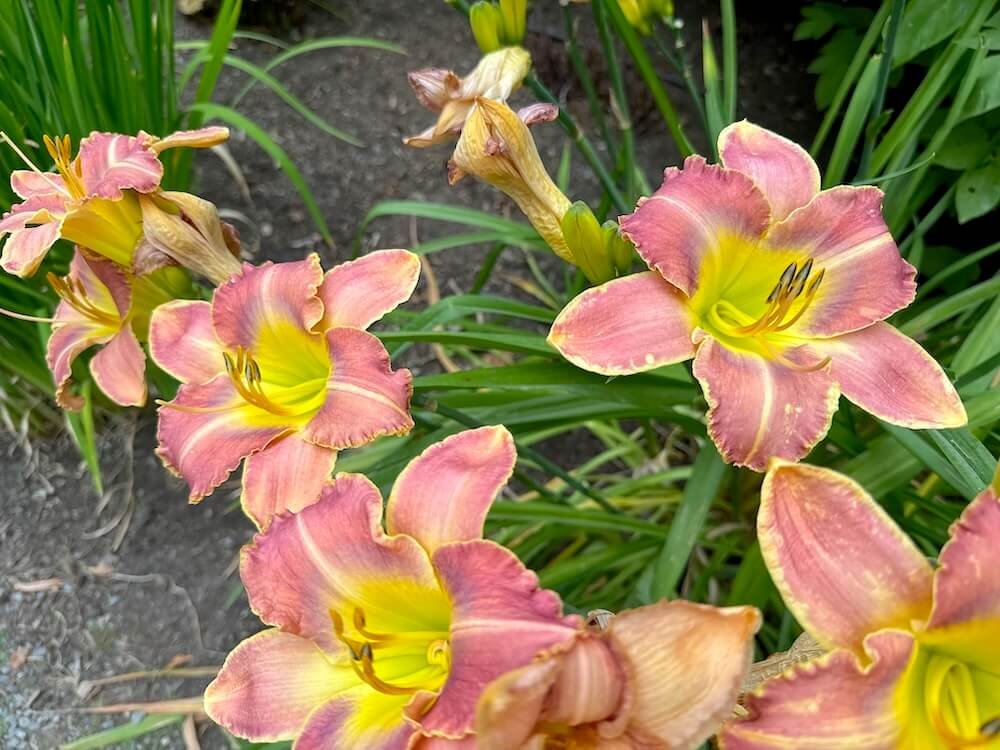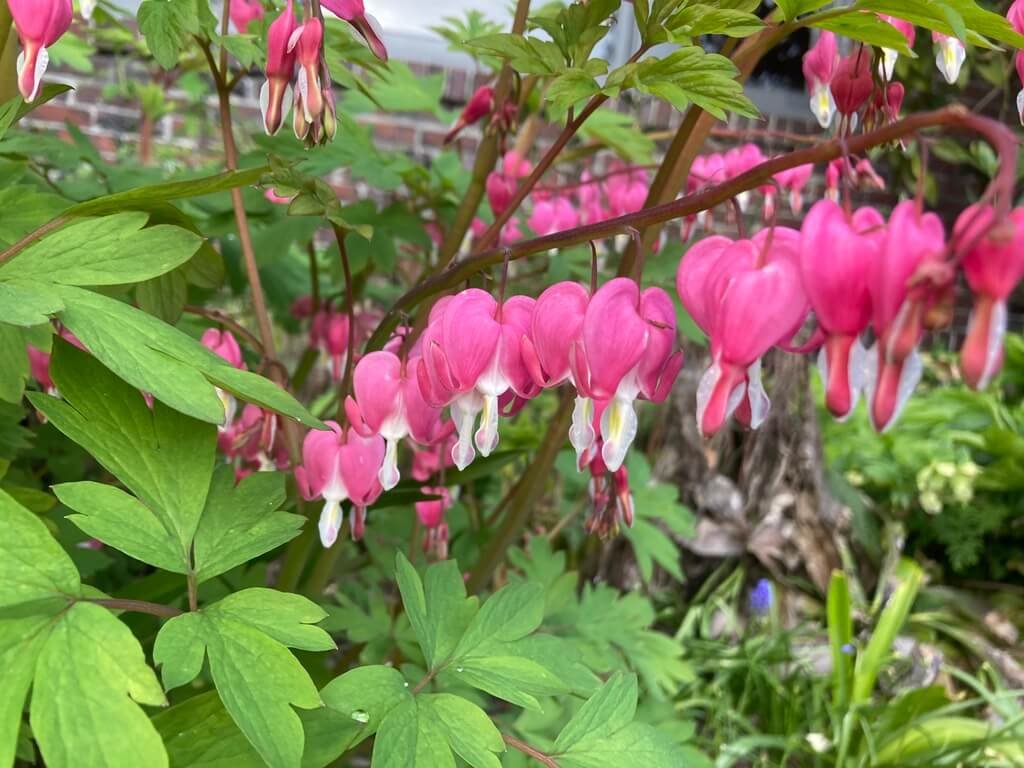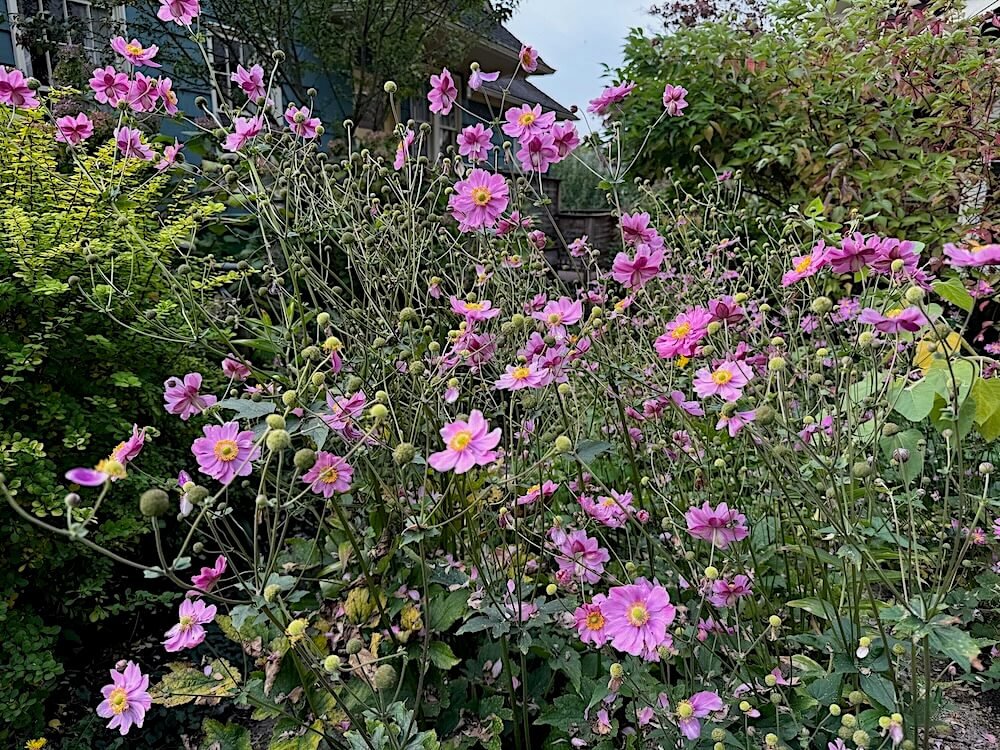DESCRIPTION
Darmera peltata, commonly known as Umbrella Plant, is an unusual perennial native to the western United States, particularly Oregon and California. It thrives in shaded environments, making it an excellent choice for woodland gardens and waterside plantings. Its large, bold foliage, which can grow up to 24 inches in diameter, is round with a slightly lobed, umbrella-like shape and turns striking shades of red and bronze in the fall. In early spring, before the foliage emerges, it produces clusters of pink flowers on tall, naked stems. The blooms contrast beautifully with the bold foliage, creating a two-season display. Darmera peltata pairs well with other shade-loving plants such as hostas, ferns, and astilbes, creating a lush and textured garden display, and its spreading habit makes it suitable for naturalizing in shaded areas.
DESCRIPTION
Darmera peltata, commonly known as Umbrella Plant, is an unusual perennial native to the western United States, particularly Oregon and California. It thrives in shaded environments, making it an excellent choice for woodland gardens and waterside plantings. Its large, bold foliage, which can grow up to 24 inches in diameter, is round with a slightly lobed, umbrella-like shape and turns striking shades of red and bronze in the fall. In early spring, before the foliage emerges, it produces clusters of pink flowers on tall, naked stems. The blooms contrast beautifully with the bold foliage, creating a two-season display. Darmera peltata pairs well with other shade-loving plants such as hostas, ferns, and astilbes, creating a lush and textured garden display, and its spreading habit makes it suitable for naturalizing in shaded areas.



